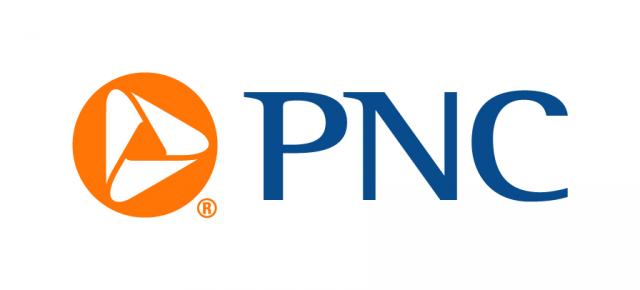
* Job growth slowed in January to a still solid 143,000.
* The unemployment rate fell slightly to 4.0% and remains historically low.
* Wages grew at the fastest pace in a year.
* Job growth is slowing, but overall, the US labor market is solid in early 2025.
The US economy added 143,000 jobs in January, according to a survey from employers from the Bureau of Labor Statistics, below the recent pace but still solid. The consensus expectation was for job growth of 170,000. US job growth in December was 307,000, revised higher from 256,000, and in November was 261,000, revised up from 212,000. On a three-month moving average basis job growth was a very good 237,000 through January, above the economy’s long-term trend given underlying growth in the labor force. The private sector added 111,000 jobs in January, with government employment up by 32,000.
The unemployment rate fell slightly to 4.0% in January, from 4.1% in December and 4.2% in November. The unemployment rate has been around 4% for the past year. This is up somewhat from 2023, when it was below 4% for the entire year, but is still historically low.
This release also included the annual revisions to the employment data, based on more complete data from unemployment insurance records. After the revisions, job growth for all of 2024 averaged 166,000 per month, compared to 186,000 before the revisions. Either way, the job market remains solid entering 2025. With the revisions there was a softening in job growth in the middle of 2024, and then a pickup toward the end of the year. After revisions job growth in 2023 averaged 216,000, so job growth softened somewhat last year.
There were also revisions to the data used to calculate the unemployment rate, based on a survey of households (different from the survey of employers). Taking these adjustments into account employment in the household survey rose by 234,000 in January from December. The labor force-the number of people working or looking for work-rose by 91,000 after adjustment, while the labor force participation rate (the share of adults in the labor force) was unchanged at 62.6%. The labor force participation rate has been between 62.5% and 62.8% for the past two years. This is lower than the 63%+ rate before the pandemic, and so the job market now is structurally tighter than it was then.
Average hourly earnings rose 0.5% from December to January, the strongest wage growth in a year. On a year-over-year basis the average wage was up 4.1%, above the rate of inflation. Wages are growing more quickly than prices, which is good for consumer spending, but strong wage growth is also contributing to inflation that is above the Federal Reserve’s 2% objective. Before the pandemic wage growth was running closer to 3.5%. However, wage growth has slowed from close to 6% in early 2022, when strong competition for workers was driving up pay.
Employment was flat in private goods-producing industries, with jobs up slightly in both manufacturing and construction but down in mining and logging. Private services-providing industries added 111,000 jobs in January, down from the recent pace. Health care added 66,000 jobs over the month, with a gain of 34,000 in retail trade.
Job growth continues to gradually ease, to a pace more consistent with labor force growth. Job gains softened somewhat in January, and after revisions job growth slowed in 2024 from 2023. But the labor market is still solid, with good job gains, wages rising faster than inflation, and a continued low unemployment rate. With the labor market solid and wage growth running faster than it did before the pandemic, the Federal Open Market Committee is not under pressure to cut the federal funds rate. PNC expects the FOMC to cut the fed funds rate two times in mid-2025, 25 basis points each time, which would take the rate to a range of 3.75% to 4.00%. PNC then expects the fed funds rate to remain in that range through the rest of 2025 and into 2026.
Job growth will be slower this year than in 2024, as a lack of available labor will hamper hiring. Restrictions on immigration that would weigh on the labor force are a downside risk for job growth in 2025. The unemployment rate will remain around 4% throughout 2025, with wage growth easing somewhat.
PNC Bank, National Association, is a member of The PNC Financial Services Group, Inc. (NYSE: PNC). PNC is one of the largest diversified financial services institutions in the United States, organized around its customers and communities for strong relationships and local delivery of retail and business banking including a full range of lending products; specialized services for corporations and government entities, including corporate banking, real estate finance and asset-based lending; wealth management and asset management.









